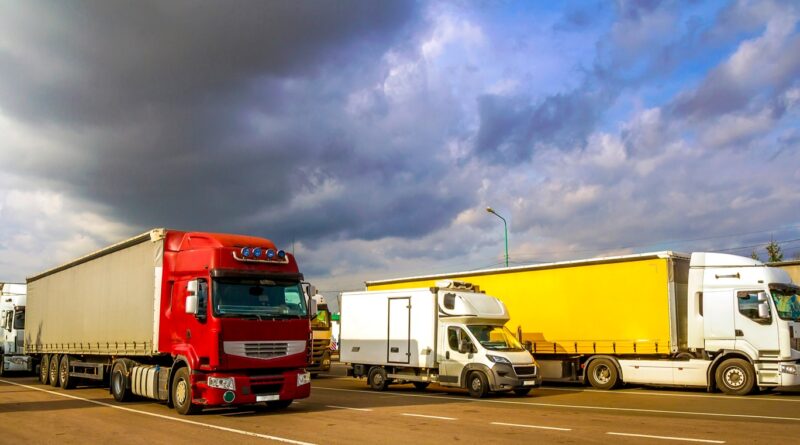FTL Or LTL: What Is Right For You
It might be difficult to get a product where it needs to go at the best pricing. Given the variety of options, the best option depends on how much freight must be transported often. This is particularly valid for deliveries involving both half and full truckloads. These two services are contrasted, along with scenarios in which it would be wise to choose one over the other.
Full truckload (FTL) shipments come first. The most popular mode of transportation is FTL, also known to as OTR (over the road). In reality, a 2019 government evaluation found that FTL shipping made up 46.4{52ce29f1c056e8355a92403d79bce3a082ffa254f7d108fe323df4d16b300f3b} of the U.S. transportation business and LTL made up 11.3{52ce29f1c056e8355a92403d79bce3a082ffa254f7d108fe323df4d16b300f3b}. The FTL transportation method simply loads the freight from one shipper onto the transporter, even if the full area is not necessary. The most popular type of trailer is a dry van, however open deck and refrigerated trailers are also frequently used.
Businesses frequently choose FTL when the cargo is substantial enough to fill the space because the client is responsible for the whole cost of the space. Because there is a lesser chance of damage, FTL is recommended for shipments that are fragile or dangerous. For high-value commodities, it is also thought to be the superior option, particularly when employing a specialist vehicle would be more expensive. Businesses also favor FTL for time-sensitive shipments because it is typically faster than LTL.
The transportation of less than a truckload is also possible. This form of transportation, sometimes referred to as LTL, can be compared to a ride-sharing arrangement because it transports freight from multiple companies while using the same carrier. The transporter could be a train, a railway car, a semi-truck pulling a mixed trailer, or even another train. It is essential to make multiple stops in order to load and unload cargo because the freight it conveys can come from a variety of shippers, customers, or consignees.
When only one to a few pallets are needed for freight, LTL is frequently the best option for smaller firms. LTL consolidation of goods with shipments from other businesses can result in significant cost savings when done through a partner network. However, because the contents of the carrier may be moved around more frequently than they would if they were only delivered as a whole, there is a larger chance of freight damage.
The immense money that the American trucking industry generates is demonstrated by the market for FTL and LTL shipping services, which is predicted to be worth $19.91 billion by 2028. Businesses should consult industry experts when choosing the shipping option that delivers the best value in order to make better educated and economical selections.
Please refer to the following infographic to understand more about FTL and LTL shipping.




